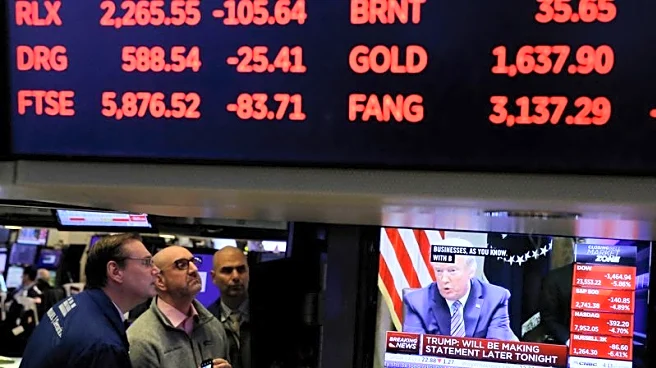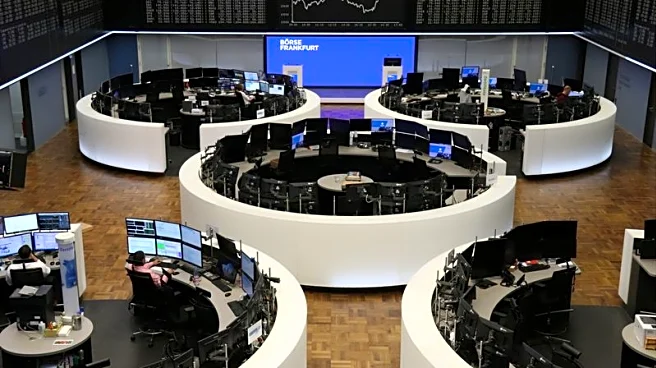What's Happening?
The Footwear Distributors and Retailers Association (FDRA) has reported that the demand for shoes in the U.S. is expected to decline due to price increases driven by tariffs. According to FDRA President Matt Priest, the industry has been attempting to mitigate the impact of tariffs by front-loading shipments and employing other strategies. However, with tariffs now affecting prices, the cost of footwear is rising, leading to concerns about reduced consumer demand. The tariff burden on the industry is projected to reach $5 billion by the end of the year, significantly impacting pricing strategies and consumer behavior.
Why It's Important?
The increase in footwear prices due to tariffs has broader implications for the U.S. retail sector and consumer spending. As prices rise, consumer demand is likely to decrease, affecting sales and profitability for retailers and manufacturers. The situation highlights the challenges faced by industries reliant on imports, as tariffs disrupt supply chains and pricing structures. The potential for reduced consumer spending could have ripple effects across the economy, particularly if other sectors experience similar pressures. The industry's response to these challenges will be critical in determining its future trajectory.
What's Next?
The U.S. Supreme Court's pending decision on President Trump's legal authority to impose tariffs could influence future tariff policies and their impact on the industry. Additionally, the possibility of tariff refunds could provide some relief to companies, potentially allowing them to adjust pricing strategies and maintain employment levels. Industry stakeholders will be closely monitoring these developments, as well as consumer responses to price changes, to navigate the evolving economic landscape.











